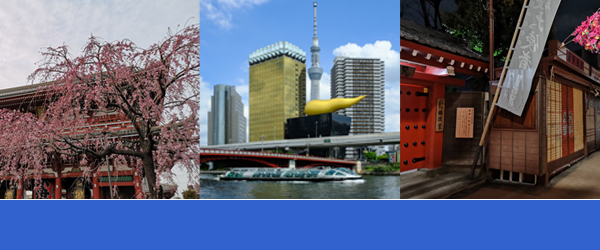Seijin no Hi, or Coming of Age Day, is a significant celebration in Japan that marks the transition from adolescence to adulthood. This unique cultural event offers a glimpse into the intricate tapestry of Japanese society, blending tradition with modernity. Let’s delve into the history, implications, and intriguing facets of this rite of passage.
The “Seijin no Hi” is a Japanese ceremony that celebrates the coming of age of individuals who turn 20, officially marking their entry into adulthood. The festivity has its roots in the Nara era (710-794) and has undergone various changes throughout history.
Originally, “Seijin no Hi” was linked to the age-counting system known as “kazoe-doshi.” In this system, individuals were considered adults at the age of 15. However, over time, this age limit was increased to 20, and in 1948, the official date for “Seijin no Hi” was established as the second Monday of January.
Who join the festivity are individuals who turn or have turned 20 years old between April 2nd of the previous year and April 1st of the current year. This celebration, deeply rooted in Japanese culture, is not only linked to the legal age of adulthood but also aligns with significant cultural and historical aspects.
The chosen timeframe is associated with the start of the Japanese fiscal year, reflecting a practical approach to recognizing legal adulthood within the context of government systems. Additionally, the alignment with the beginning of the school year in April emphasizes the symbolic transition of young individuals into adulthood as they may embark on higher education or enter the workforce.
Historically, the Japanese calendar began in April, and this tradition continues in the educational system. The “Seijin no Hi” celebration, therefore, harmonizes with the start of the fiscal year, the beginning of the school year, and historical calendar practices, creating a multifaceted connection to the broader Japanese cultural context.
Ceremonial Attire:
One of the standout features of Seijin no Hi is the elaborate traditional attire worn by the young adults, especially the furisode kimono for women. These vibrant, long-sleeved kimonos symbolize the wearer’s single status and serve as a visual representation of their newfound adulthood.

Since 2022, a noteworthy change has occurred in the celebration of Seijin no Hi. The legal age for adulthood has shifted from 20 to 18, broadening the spectrum of participants. Now, individuals aged 18, 19, and 20 come together to celebrate their transition into adulthood, adding a dynamic layer to the festivities.
Impact on Society:
The concept of celebrating adulthood is generally well-received in Japanese society. However, like any cultural phenomenon, Seijin no Hi is not without its critics. Some argue that the event has become overly commercialized, emphasizing materialism over the true essence of maturity.
Seijin no Hi serves as a reflection of societal values and expectations. The emphasis on responsibility and community contributes to the formation of a conscientious and engaged citizenry. On the flip side, the pressure to conform to societal norms can be overwhelming for some, highlighting the delicate balance between tradition and individualism.
Curiosities and Fun Facts:
Ah, the intriguing realm of legal ages in Japan – hitting 18 is like unlocking an advanced level of adulthood. Congratulations, you can vote, get hitched, own your own wheels, and even be responsible for another human life! It’s like getting the VIP pass to adulthood. But wait, here comes the ironic twist: while you can make life-altering decisions like marriage and parenthood, raising a glass to toast those significant moments will have to wait until you’re 20.
It’s a somewhat peculiar scenario, isn’t it? You can commit to a lifelong partnership, be the designated driver for your newly expanded family, but oh, champagne is strictly off-limits at your wedding. Isn’t it fascinating how the legal age laws can grant you monumental responsibilities but consider you too young to enjoy certain pleasures?
Looking to the Future:
Beyond its cultural and social aspects, Seijin no Hi holds educational significance. The event provides an opportunity for young adults to learn about their roles in society and the importance of active citizenship. Workshops, seminars, and community discussions accompany the celebrations, fostering a sense of civic duty.
Seijin no Hi, with its rich history and evolving nature, continues to shape the cultural landscape of Japan. As the celebration embraces a wider age range, it anticipates further transformations and adaptations. The event’s ability to blend tradition with contemporary values positions it as a symbol of cultural resilience and adaptability.
Seijin no Hi stands as a fascinating intersection of tradition and modernity, where the excitement of adulthood mingles with the weight of societal expectations. As young adults embark on this journey, clad in stunning traditional attire, they symbolize the evolving nature of Japanese culture. So, whether it’s the flamboyant kimonos or the nuanced societal implications, Coming of Age Day is a tapestry woven with threads of history, celebration, and the promise of a new chapter. Cheers to the vibrant tapestry of Seijin no Hi! 🎉








